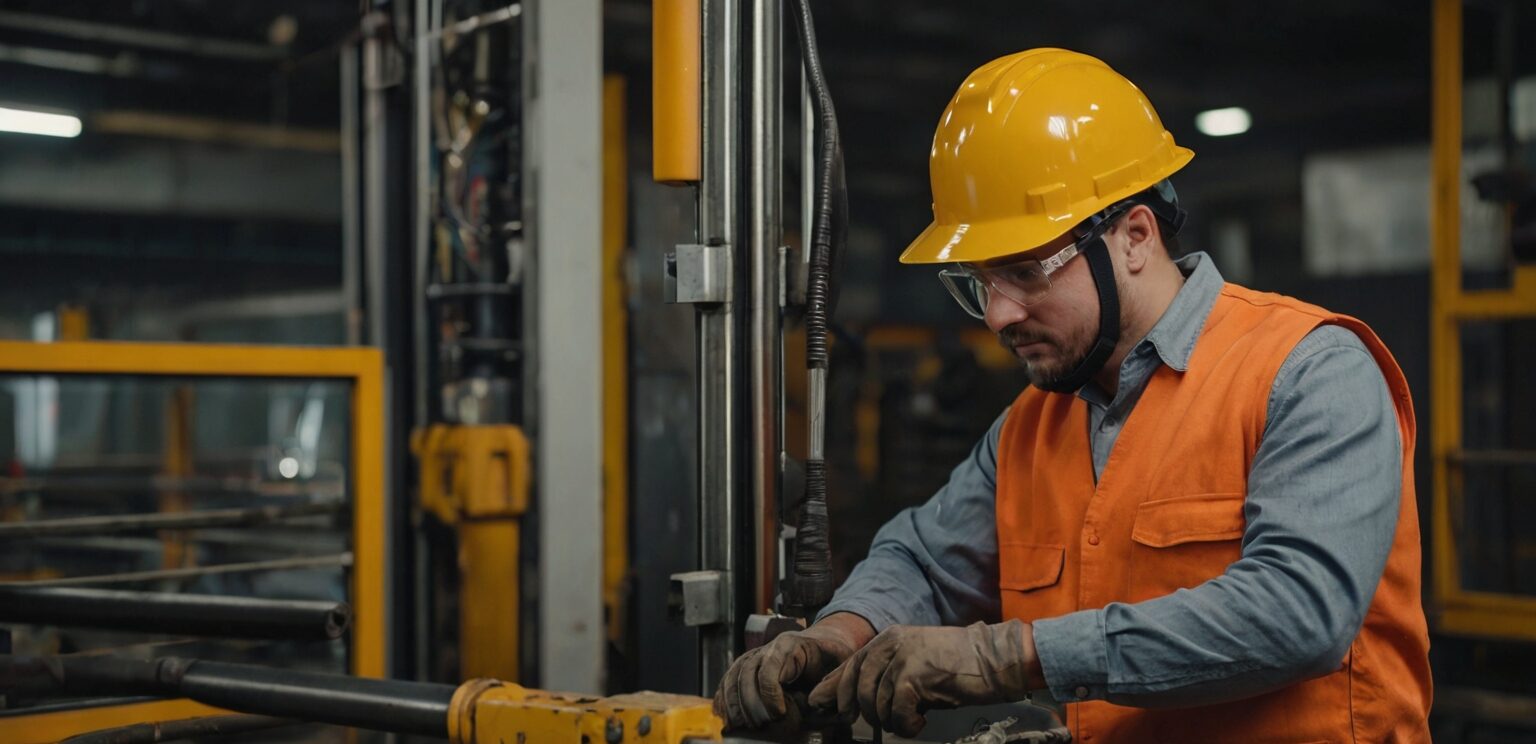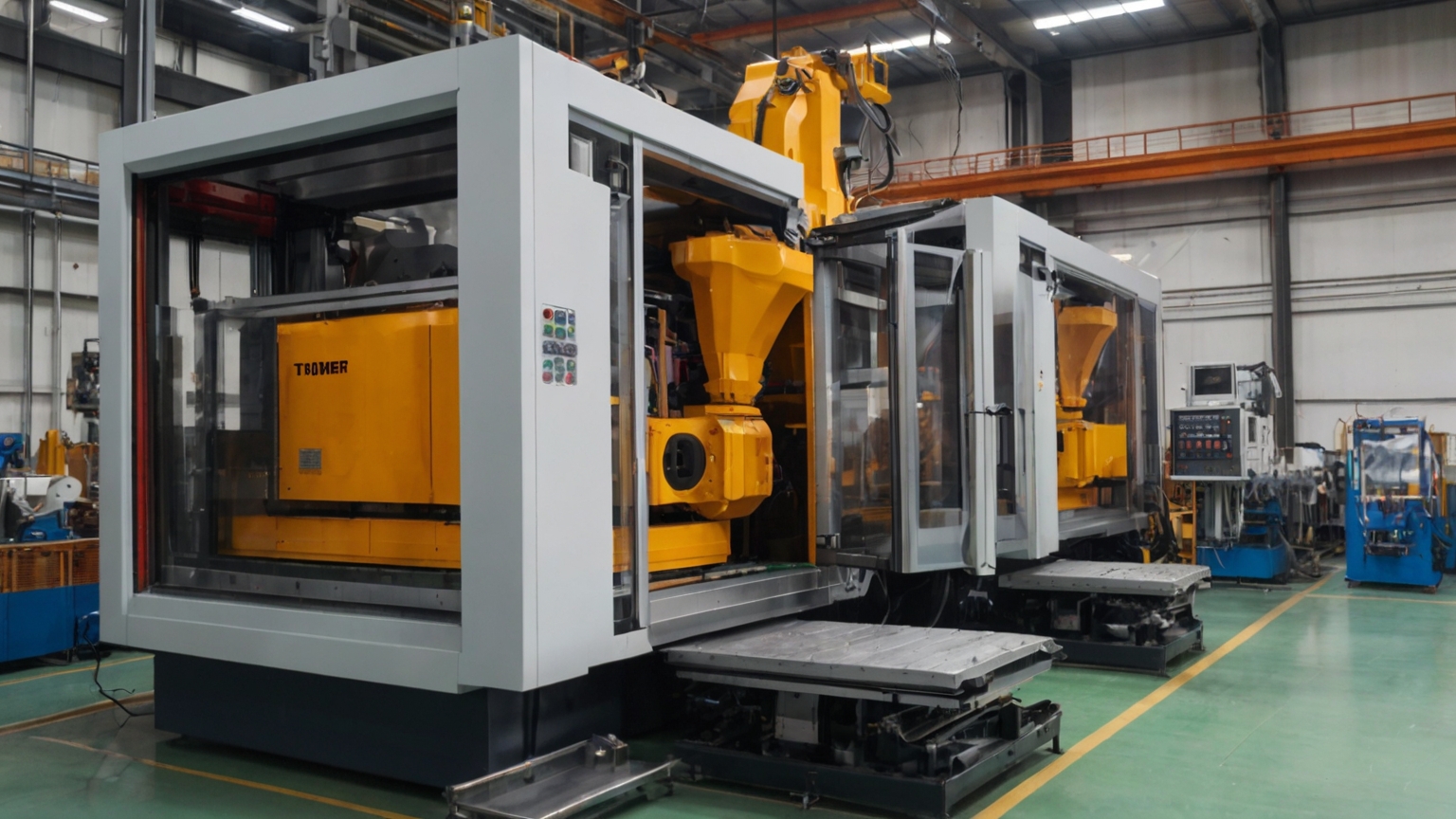In today’s global market, the manufacturing industry thrives on innovation and efficiency. With the advancement of technology, machinery plays a pivotal role in various sectors, ranging from automotive to food processing. However, ensuring the safety of machinery and equipment is paramount to protect both workers and consumers. This is where regulatory standards like the Machinery Directive 2006/42/EC come into play.
The Machinery Directive 2006/42/EC is a European Union legislation that sets out essential health and safety requirements for machinery and equipment placed on the EU market. It aims to harmonize safety regulations across member states, thereby facilitating the free movement of goods while ensuring a high level of protection for users.
 Key Points of the Machinery Directive:
Key Points of the Machinery Directive:
- Scope and Definition: The directive applies to machinery, interchangeable equipment, safety components, lifting accessories, chains, ropes, and removable mechanical transmission devices. Machinery is broadly defined as an assembly of linked parts or components, at least one of which moves, with the appropriate actuators, control circuits, etc., joined together for a specific application.
- Essential Health and Safety Requirements (EHSRs): The directive lays down EHSRs concerning design, construction, and operation to minimize risks associated with machinery use. These requirements cover various aspects such as risk assessment, ergonomics, noise emissions, electrical safety, and protection against mechanical hazards.
- Conformity Assessment: Manufacturers must ensure that their machinery complies with the essential requirements outlined in the directive. This involves conducting a risk assessment, designing and manufacturing machinery according to relevant harmonized standards, and preparing technical documentation. Additionally, machinery must undergo conformity assessment procedures, which may involve self-certification, type examination by a notified body, or full-quality assurance.
- CE Marking: Once machinery meets the essential requirements and undergoes the necessary conformity assessment procedures, it must bear the CE marking. The CE marking indicates that the product complies with all applicable EU directives and can be legally placed on the market within the European Economic Area (EEA).
- Responsibilities: The Machinery Directive assigns responsibilities to various stakeholders, including manufacturers, importers, distributors, and users. Manufacturers are primarily responsible for ensuring the conformity of their products, while importers and distributors must verify that machinery meets the directive’s requirements before placing it on the market. Users are obliged to operate machinery in accordance with provided instructions and ensure proper maintenance and inspection.
Benefits of Compliance:
Compliance with the Machinery Directive offers several benefits, including:
- Enhanced safety for operators and end-users.
Improved market access within the EU and EEA.
Protection against liability claims and legal penalties.
Enhanced reputation and credibility for manufacturers.
Facilitated cross-border trade and increased competitiveness.
In conclusion, the Machinery Directive 2006/42/EC plays a crucial role in safeguarding the safety and health of individuals interacting with machinery within the European market. By adhering to its requirements, manufacturers can ensure that their products meet the highest standards of safety and compliance, fostering trust and confidence among consumers and regulators alike. Moreover, compliance with the directive paves the way for seamless market access and sustainable business growth in the dynamic landscape of the manufacturing industry.
Got a Question?
We’re here to answer your questions and help you get started right away. Call or send us a message anytime.

Megalab Group
Megalab offers ISO 17025 A2LA Accredited, EMC, Product Safety, Mechanical & Laboratory Testing Services. Megalab Group Inc. and its team are committed to meet and exceed our customers’ expectations as an industry leader in environmental and related regulatory testing services, through constant business improvement while upholding the highest integrity and quality in standards of all services we provide.
Learn more at www.megalabinc.com



